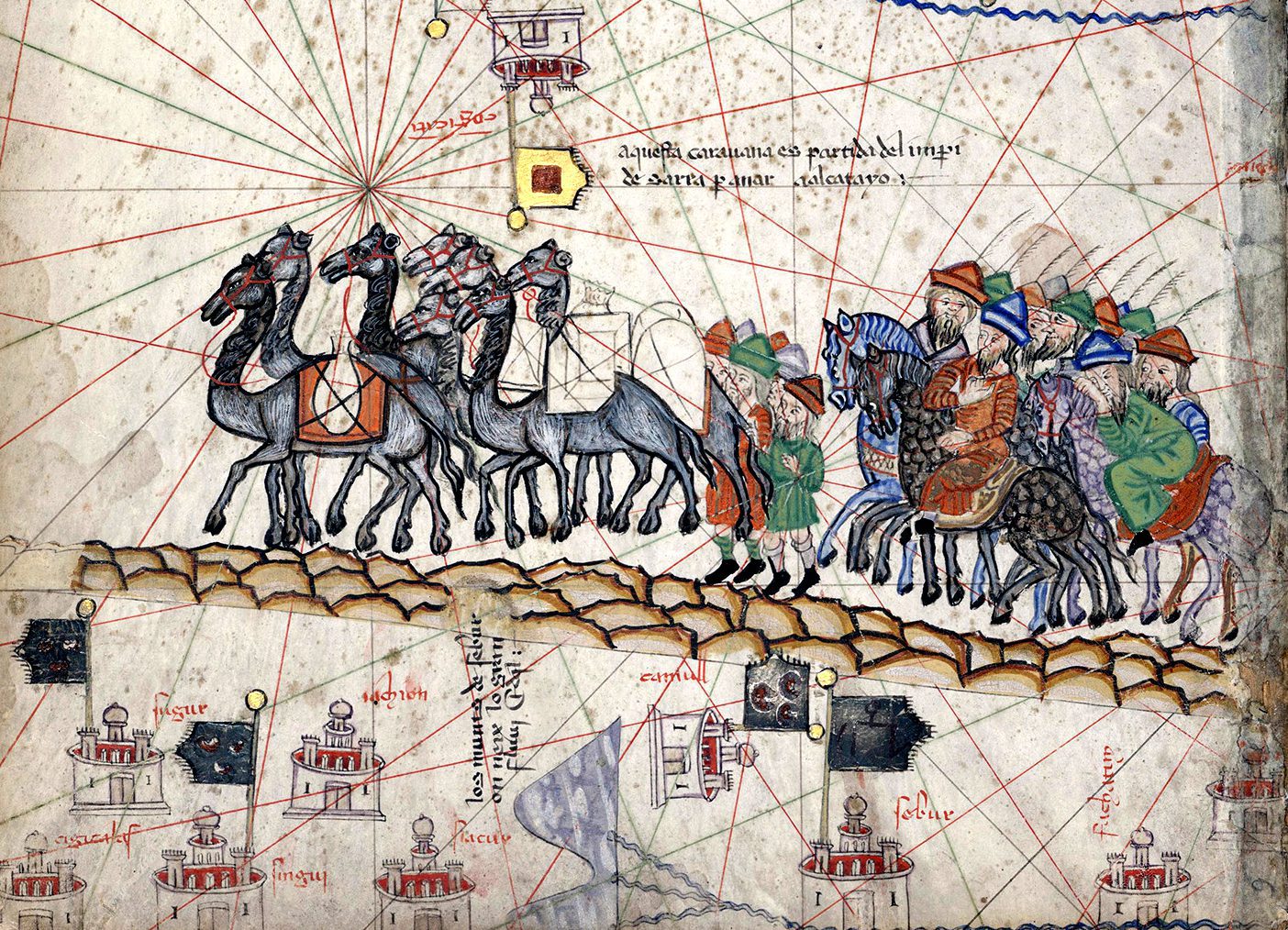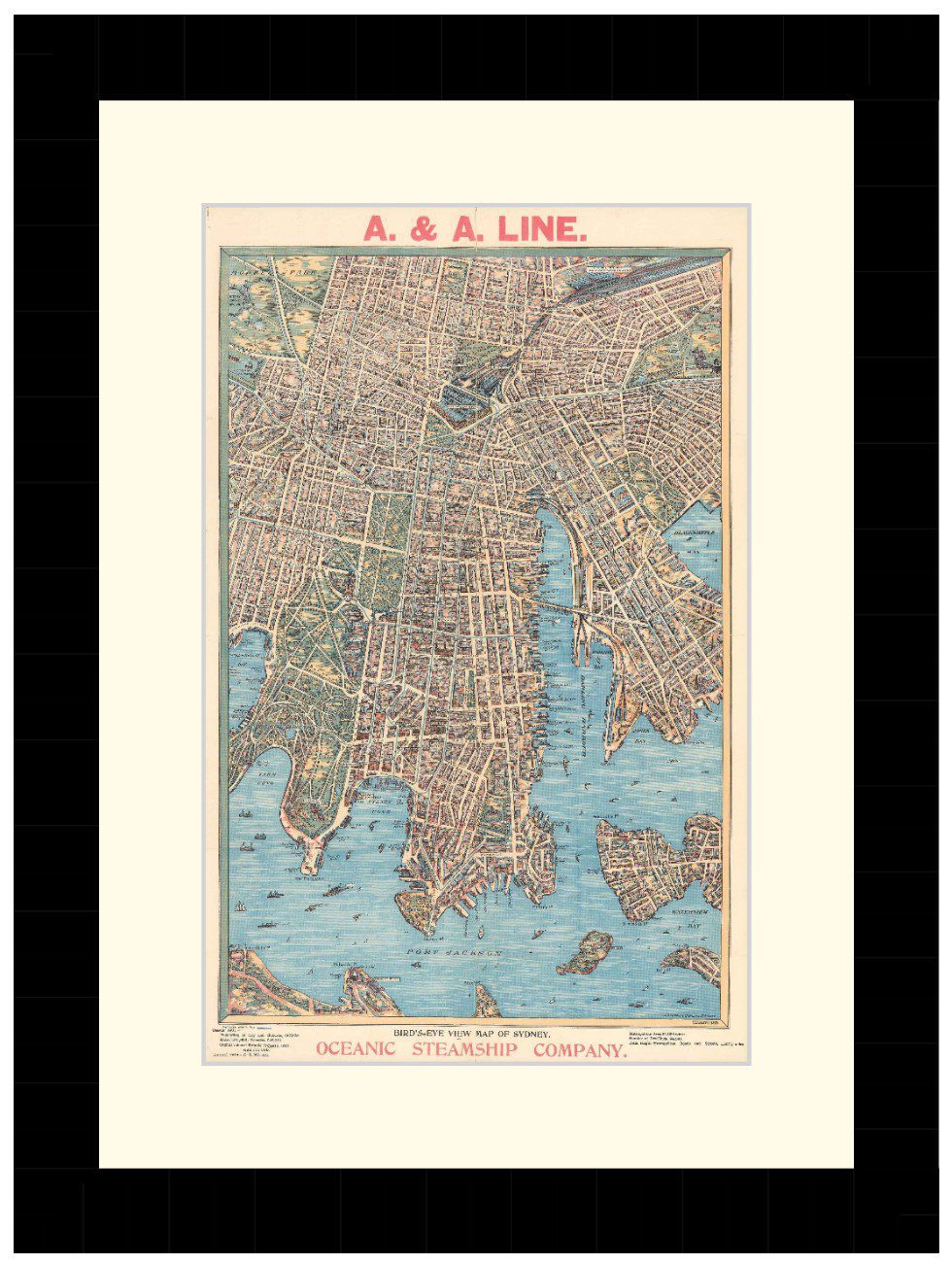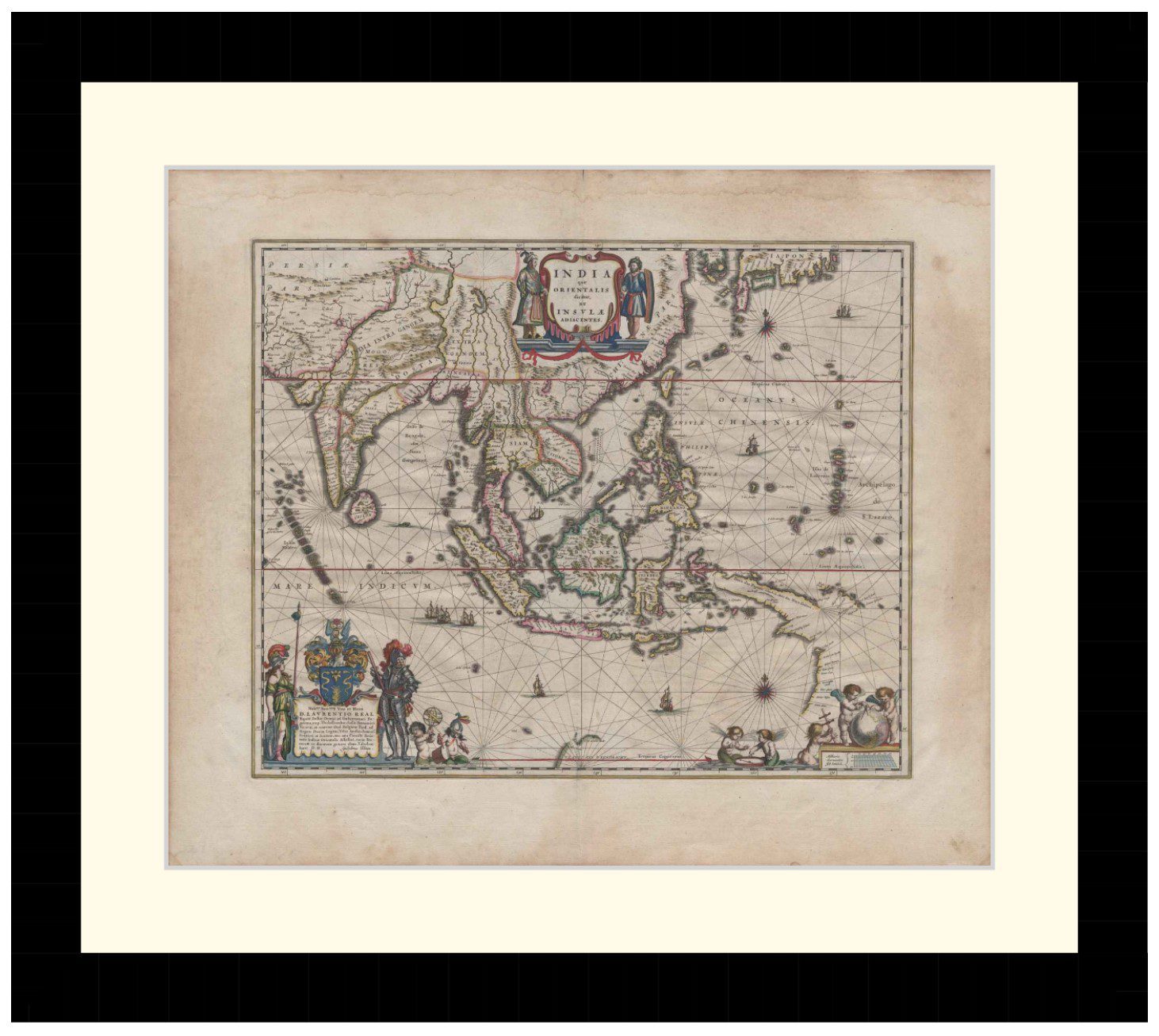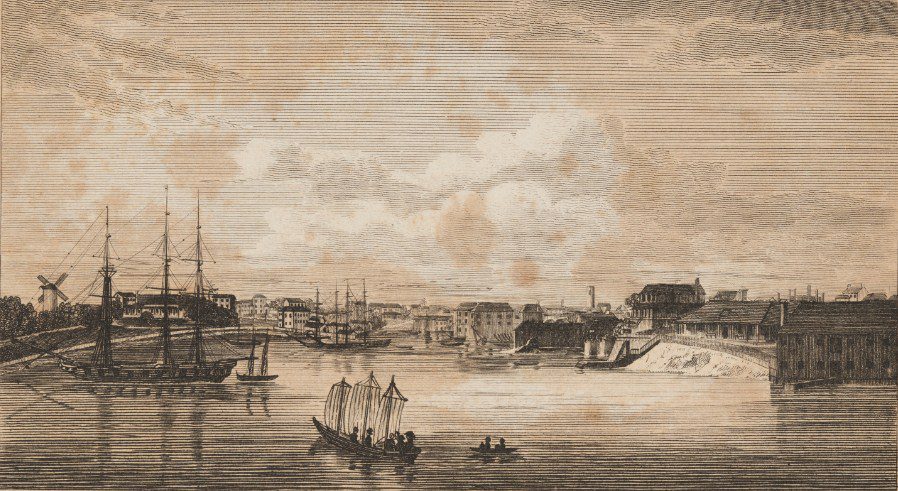The 2/6th Battalion was part of the 17th Brigade of the 6th Australian Division and was raised at the Royal Melbourne Showgrounds on 25th October 1939, part of the all-volunteer Second Australian Imperial Force (AIF), formed for overseas service at the start of World War II. The battalion adopted the motto ‘Nothing over us,’ inspired by a well-known Coles department store advertising slogan, ‘Nothing over 2/6.’ The unit color patch was modeled after that of the 6th Battalion from World War I, with purple over red in a horizontal rectangle.
Initially comprising a cadre force of officers and non-commissioned officers from several Militia units, the 2/6th moved to the newly established Puckapunyal camp in early November 1939. Over the following months, the battalion was brought up to its authorised strength of around 900 personnel, organized into four rifle companies—A through D—each with three platoons. Basic training was conducted under Australian Instructional Corps supervision, and by April 1940, the battalion was ready for deployment. Commanded by Lieutenant Colonel Arthur Godfrey, a World War I veteran, the battalion departed Port Melbourne aboard the transport ship Neuralia, traveling via Fremantle, Colombo, Aden, and the Suez Canal to the Middle East.
Middle East, Greece, and Crete Campaigns
Arriving in the Middle East in mid-May 1940, the 2/6th underwent further training in Palestine and Egypt before going into action against Italian forces in Libya. It first saw combat in January 1941 at the Battle of Bardia. Their attack was very successful, but resulted in the unit’s first significant casualties, with 22 men killed and 51 wounded. The battalion then fought at Tobruk, advancing along the Bardia–Tobruk road toward the harbor through Wadi ed Delia. Following success at Tobruk, the battalion moved westward, capturing Italian forces at Derna and later garrisoning Barce and Benghazi before relocating to Mersa Matruh in March 1941.
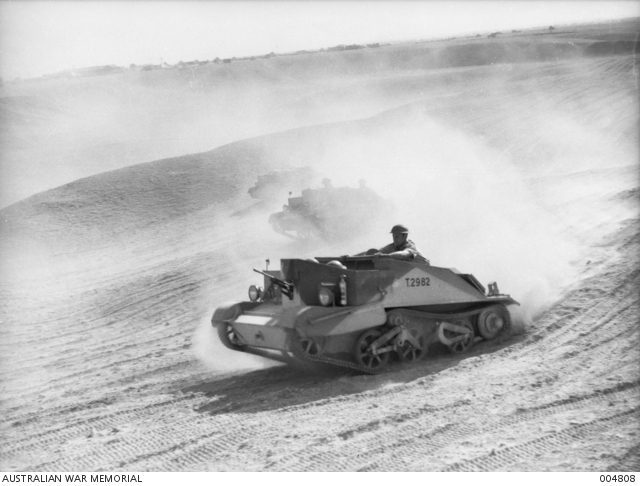
In April 1941, the 2/6th was deployed to Greece to resist the German invasion. The campaign quickly turned into a fighting withdrawal, during which the battalion suffered 28 killed and 43 wounded. Amidst the evacuation chaos in late April, 217 men were captured, while others were diverted to Crete after the Costa Rica, the ship evacuating them, was sunk. On Crete, the 2/6th contributed to a 17th Brigade composite battalion that fought valiantly, but ultimately unsuccessfully against the German airborne invasion in May. Total losses across Greece and Crete numbered 30 dead, 54 wounded, and 353 captured.
Reconstituted in Palestine, the 2/6th was stationed in Syria in December 1941 as part of the Allied occupation force. Following Japan’s entry into the war, the battalion was recalled to Australia. Departing Suez in March 1942 aboard HMT Otranto, it was diverted to Ceylon (Sri Lanka) with the 16th and 17th Brigades. Between March and July, they constructed defenses and conducted jungle training before finally disembarking in Melbourne on 4th August 1942.
New Guinea Campaigns
After reorganizing and training for jungle warfare, the 2/6th deployed to New Guinea in October 1942. Initially held in reserve at Milne Bay, the battalion was airlifted to Wau in mid-January 1943 to counter Japanese attacks. Despite being understrength due to malaria, the 2/6th played a crucial role in the Battle of Wau, securing the area by early February. The battalion then participated in the Salamaua advance, resisting a Japanese counterattack at Lababia Ridge in June and fighting at Komiatum Ridge in August. By the time it returned to Australia in September 1943, the battalion had suffered 59 dead and 133 wounded.
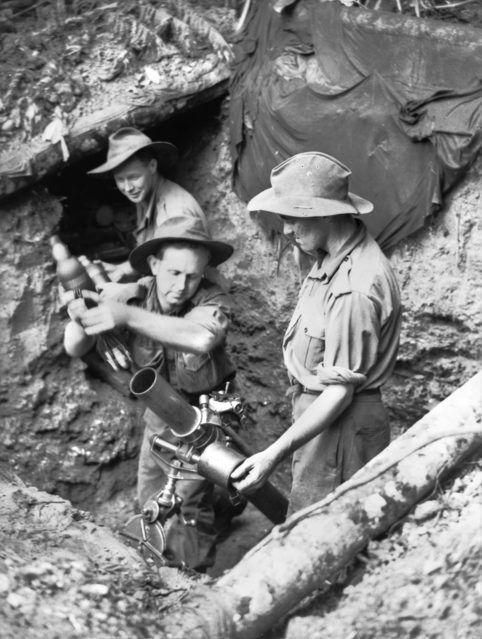
The unit then returned to Northern Queensland for a year of training before the 2/6th embarked on its final campaign, the Aitape–Wewak campaign in December 1944. Over the next eight months, the battalion conducted grueling patrols to clear Japanese forces from the Torricelli and Prince Alexander mountain ranges, advancing to Maprik, Yamil, and Ulunkohoitu. The campaign resulted in 37 killed and 85 wounded. When the war ended on 15th August 1945, the battalion was still engaged in operations.
Demobilization and Legacy
The 2/6th returned to Australia in December 1945, disbanding on 18th February 1946 at Puckapunyal. Over the course of the war, 2,965 men served in the battalion, with 179 killed and 335 wounded. Members of the 2/6th received numerous honors, including four Distinguished Service Orders, 15 Military Crosses, five Distinguished Conduct Medals, 35 Military Medals, and 63 Mentions in Despatches.
The 2/6th Battalion’s service exemplified the resilience and dedication of Australian forces during World War II, from the deserts of North Africa to the jungles of New Guinea, where they played a vital role in both the Mediterranean and Pacific theaters of war.
Men of the 2/6th Australian Infantry Battalion
Private Donald Christie
Donald Christie was born in Warrnambool in 1918, during the last summer of the Great War. By the time the Second World War began, he was a farm labourer in Brunswick. Donald took part in extensive fighting in Libya, part of the huge Allied successes against the Italians in 1941. He was then shipped to Greece, where he took up defensive positions in the North of the country, before being pushed down the length of Greece by German troops. At the end of this campaign Donald wasn’t able to embark on the evacuation ships, and was captured. Read more about Donald Christie’s wartime experiences here.
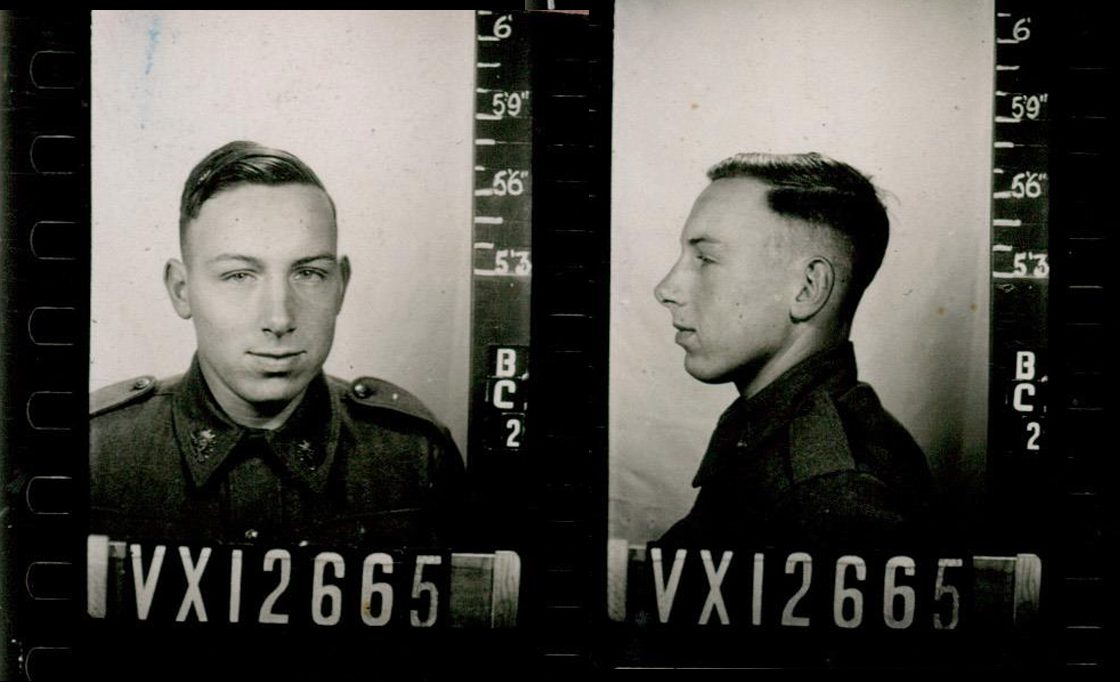
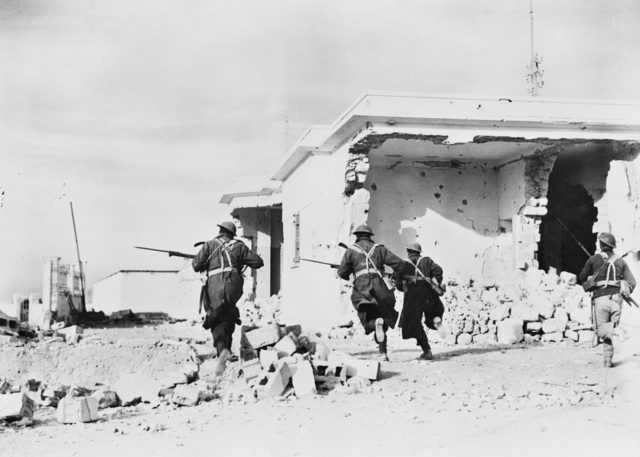
Podcasts about Australians in the Mediterranean during WWII
Did my Relative Serve in these Battles?
Hundreds of thousands of Australians served in the Mediterranean during the Second World War. Some families know what their relative experienced during this often very important part of their life, but many do not. History Guild has a project where our volunteers research the service history of Australians who served in the Mediterranean. We have had a lot of interest in this service and have a large backlog of research to get through, so it currently closed to new entries.
We hope to re-open this service once we have finished our research on the current set of Australian servicemen and servicewomen.
Articles you may also like
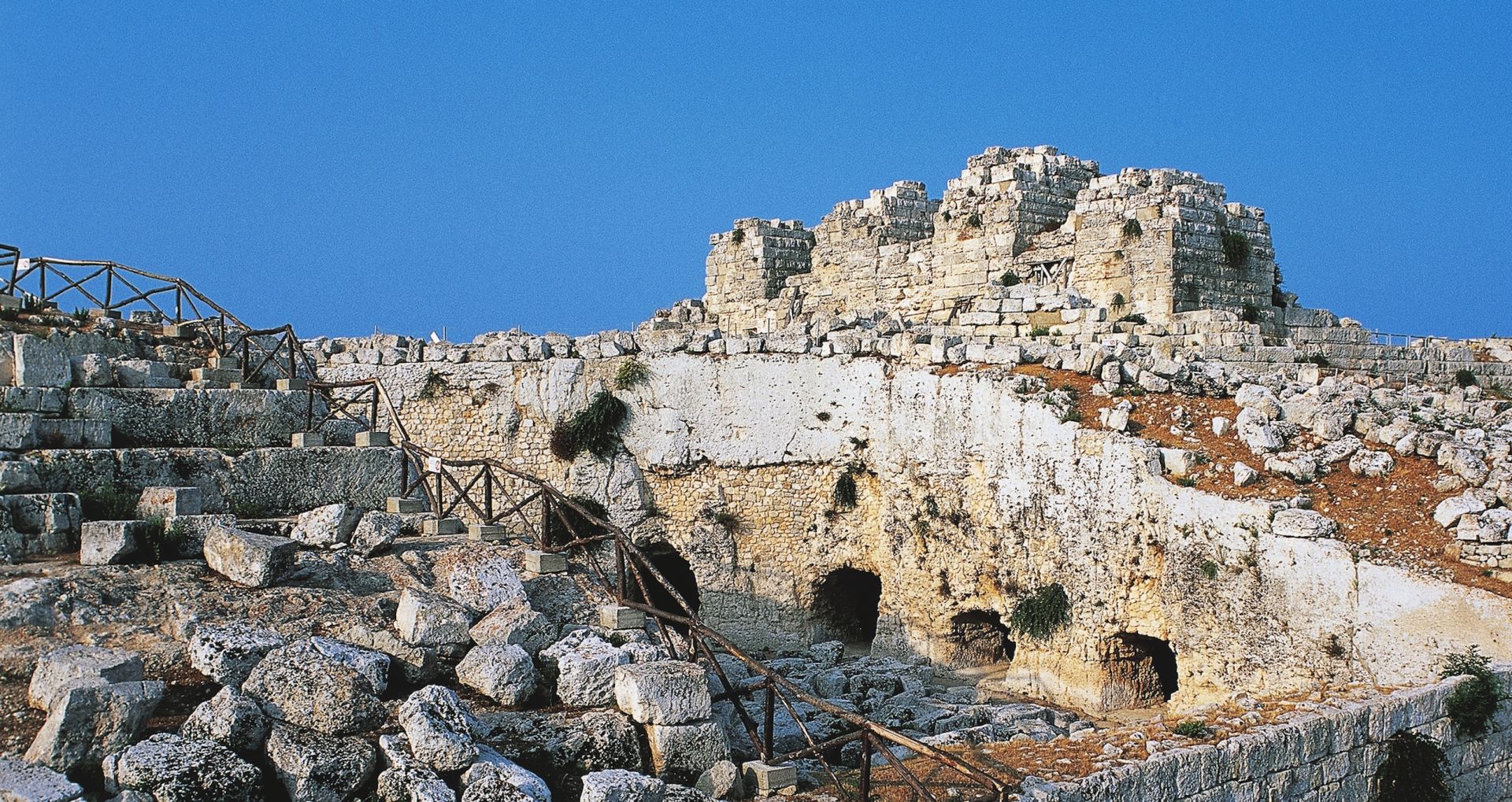
How plague helped make Rome a superpower
Reading time: 7 minutes
That Rome prevailed and would go on to conqueror the Mediterranean world was perhaps in no small way due to the tiny bacteria or virus that destroyed Himilco’s army outside Syracuse in the autumn of 212.
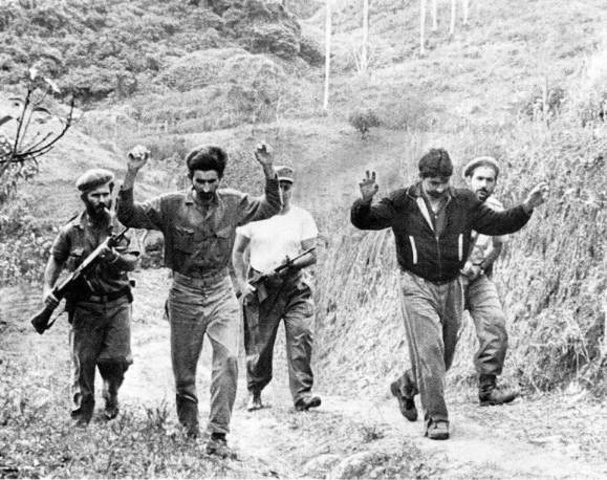
Hubris and Miscalculation: The failure of the Bay of Pigs invasion
HUBRIS AND MISCALCULATION: THE FAILURE OF THE BAY OF PIGS INVASION By Michael Vecchio The threat of Nazi villainy had been defeated, however another authoritarian threat rapidly placed over half of Europe behind what Winston Churchill called an “Iron Curtain”. The Soviet Union’s aggressive brand of Communism startled much of the Western world, but perhaps […]
The text of this article was commissioned by History Guild as part of our work to improve historical literacy. If you would like to reproduce it please get in touch via this form.

